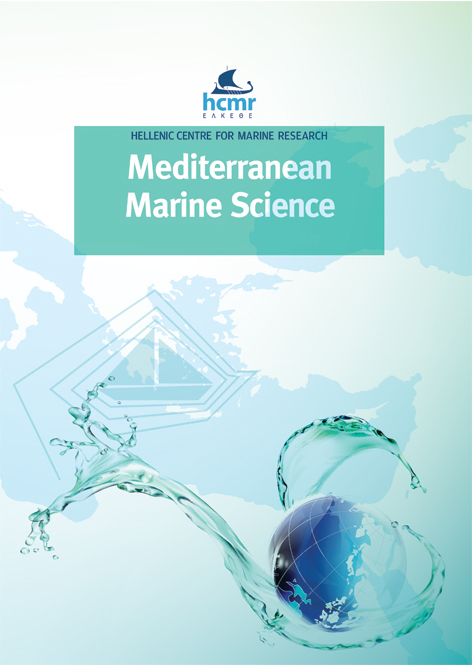A new threat to Sardina pilchardus in the northwestern Mediterranean: Genetic validation of the presence of lethal parasites in pelagic eggs and ovaries
Abstract
Over the past few decades, the fishing industry and species conservationists have grown increasingly concerned about the decrease in catches and poor health of European sardines (Sardina pilchardus), particularly in the northwestern Mediterranean region. The species is threatened by a number of factors, including parasite illnesses, rising seawater temperatures, and overfishing. Increasing seawater temperatures due to climate change might lead to the proliferation of protistan parasites, such as Ichthyodinium chabelardi. This parasite has been documented in the literature to cause 100% larval mortality in sardines, which may have detrimental effects on fish populations and the fishing industry. We confirmed the existence of I. chabelardi in pelagic eggs and the ovaries of European sardines from the Catalan coast (northwestern Mediterranean) by means of stereomicroscopic analysis and a genetic methodology for parasite identification. The incidence of this infection was 22.5% in ovarian tissue and 11.5% in eggs. In this study, we present new data on the vertical transmission of I. chabelardi from one generation to another in sardines captured in the Mediterranean region. Interpreting outbreaks of I. chabelardi, especially in sardine populations, requires further research into the transmission of infection and improving our understanding of protozoan parasites.
Article Details
- Come citare
-
FRIGOLA-TEPE, X., PÉREZ-BIELSA, N., CABALLERO-HUERTAS, M., OLLÉ-VILANOVA, J., MUÑOZ, M., & VIÑAS, J. (2024). A new threat to Sardina pilchardus in the northwestern Mediterranean: Genetic validation of the presence of lethal parasites in pelagic eggs and ovaries. Mediterranean Marine Science, 25(1), 151–159. https://doi.org/10.12681/mms.35580
- Fascicolo
- V. 25 N. 1 (2024): VOL 25, No 1 (2024)
- Sezione
- Research Article
Authors who publish with this journal agree to the following terms:
- Authors retain copyright and grant the journal right of first publication with the work simultaneously licensed under a Creative Commons Attribution Non-Commercial License that allows others to share the work with an acknowledgement of the work's authorship and initial publication in this journal.
- Authors are able to enter into separate, additional contractual arrangements for the non-exclusive distribution of the journal's published version of the work (e.g. post it to an institutional repository or publish it in a book), with an acknowledgement of its initial publication in this journal.
- Authors are permitted and encouraged to post their work online (preferably in institutional repositories or on their website) prior to and during the submission process, as it can lead to productive exchanges, as well as earlier and greater citation of published work (See The Effect of Open Access).





